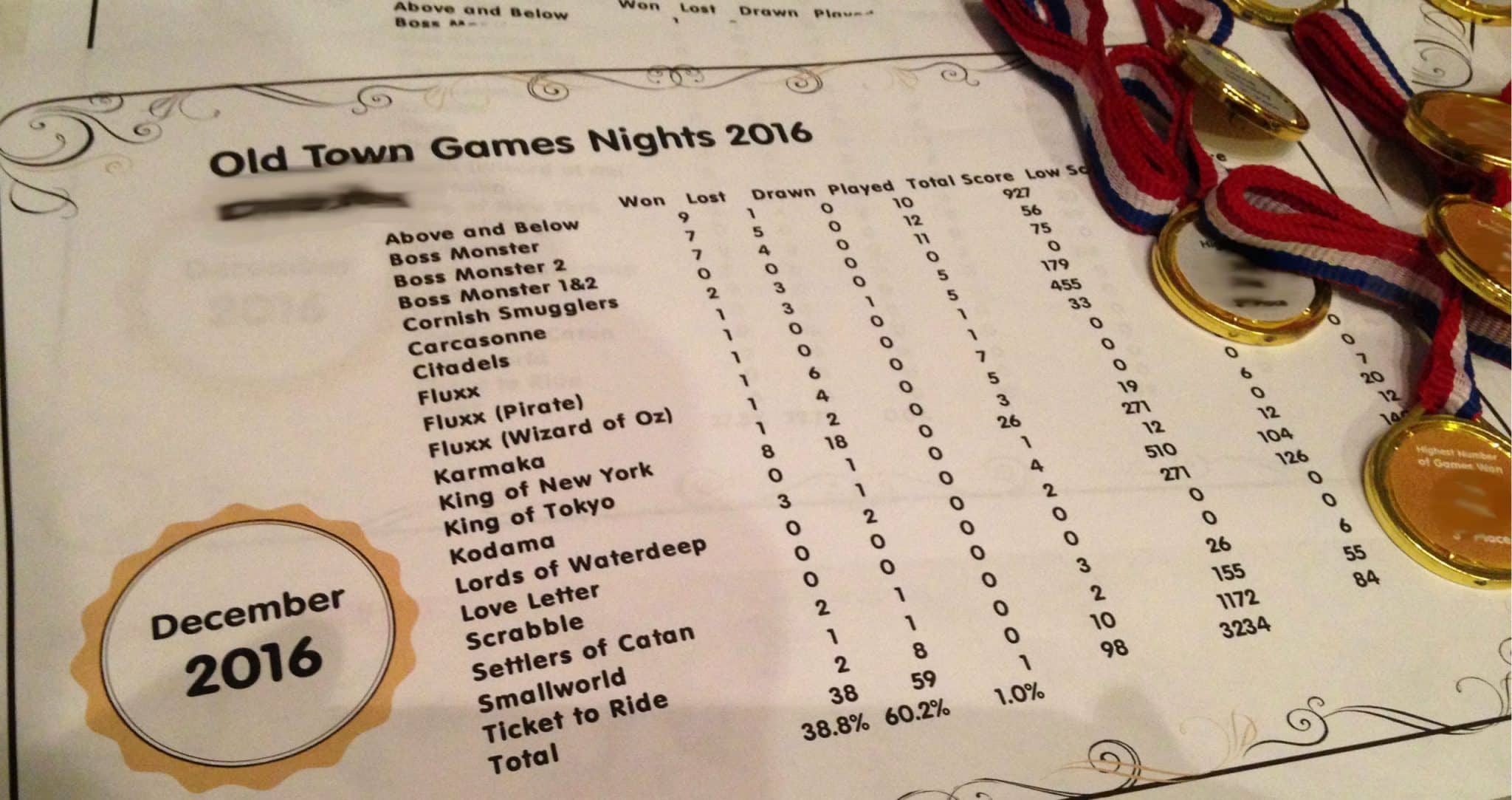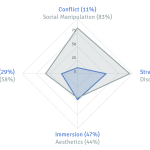
Charts and tables
- Nelly
- August 5, 2024
- Board Games
Charts and tables are powerful tools used to present data in a concise and visually appealing way. They are commonly used in business, research, education, and many other fields to help convey complex information in a manner that is easy to understand.
One of the main reasons charts and tables are so popular is that they provide a quick and efficient way to summarize data. Instead of sifting through pages of numbers and text, charts and tables can instantly highlight key trends, patterns, and insights. This makes them an invaluable tool for decision-making and analysis.
Charts are visual representations of data that are typically used to show relationships or comparisons between different variables. They come in various forms, such as line charts, bar charts, pie charts, and scatter plots. Each type of chart is suited for different types of data and can help tell a different story. For example, a line chart may be used to show trends over time, while a pie chart is ideal for displaying proportions.
Tables, on the other hand, are structured grids that organize data into rows and columns. Tables are often used to present detailed information in a systematic way, making it easy to compare and analyze data. They are particularly useful for displaying numerical data that needs to be precisely organized.
Both charts and tables can be customized to best represent the data being presented. Colors, fonts, labels, and other design elements can be adjusted to make the information clearer and more visually appealing. Additionally, many software programs offer a wide range of tools to create and customize charts and tables quickly and easily.
When using charts and tables, it is essential to ensure that the information is accurate and clearly labeled. Misleading or incorrect data can lead to misunderstandings and misinterpretations, so it is crucial to double-check the information before presenting it. It is also important to consider the audience when creating charts and tables – simple and straightforward designs are often more effective at conveying information than complex and cluttered ones.
In conclusion, charts and tables are valuable tools for presenting data in a concise and visually appealing way. They provide a quick and efficient method of summarizing complex information, making it easier for audiences to understand and analyze. By using charts and tables effectively, individuals and organizations can make more informed decisions based on accurate and well-presented information.




